2024 was shaping up to be a banner year for In Space Manufacturing (ISM). The OSAM-2 program with Redwire and NASA was going to demonstrate in situ 3D printing of an aluminum truss on orbit, a monolithic structure that could be used to support a roll out solar array (ROSA). Sometime in the last few months, the program was quietly canceled. So in lieu of cheerleading that mission from the sidelines, let's review why ISM remains so important. Here are the top 10 reasons we still need it:
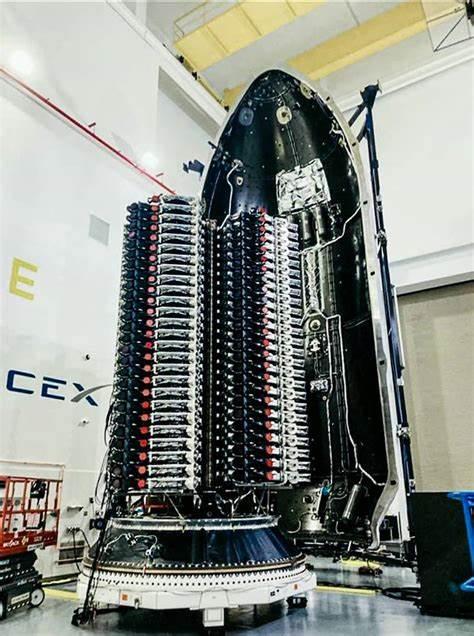
#1. That's where the market is
While the moon and Mars still have no customers, the commercial infosat industry in LEO is a $20B industry comprising Earth observation, communications, GPS, and coming soon: distributed computing. This market is growing at 12%-18% CAGR. Satellites sitting on the ground (where they are currently manufactured) don't make money. Thus, satellite operators (aka hardware customers) are paying upwards of $3500/kg* to get their hardware deployed to orbit. Imagine if they could just buy that hardware in orbit.
*perhaps lower for StarLink, which launches at cost
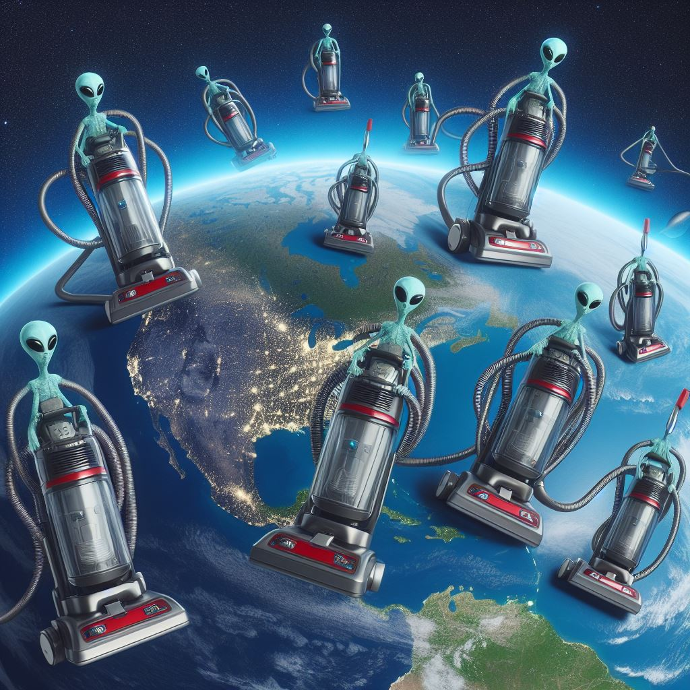
#2. Abundant Vacuum
For modern technology, vacuum processes are ubiquitous and essential. The hardware you're using to read this post used vacuum deposition to create the LED screen and every transistor in every chip contained in it. On Earth, vacuum chambers limit batching and require pump down time. Space manufacturing can do continuous processing in vacuum.
Furthermore, all space hardware has to go through expensive vacuum chamber testing to qualify it for space conditions prior to launch. Space manufactured hardware just has to be tested in situ, and never need be exposed to oxidation, humidity, or fat human fingers.
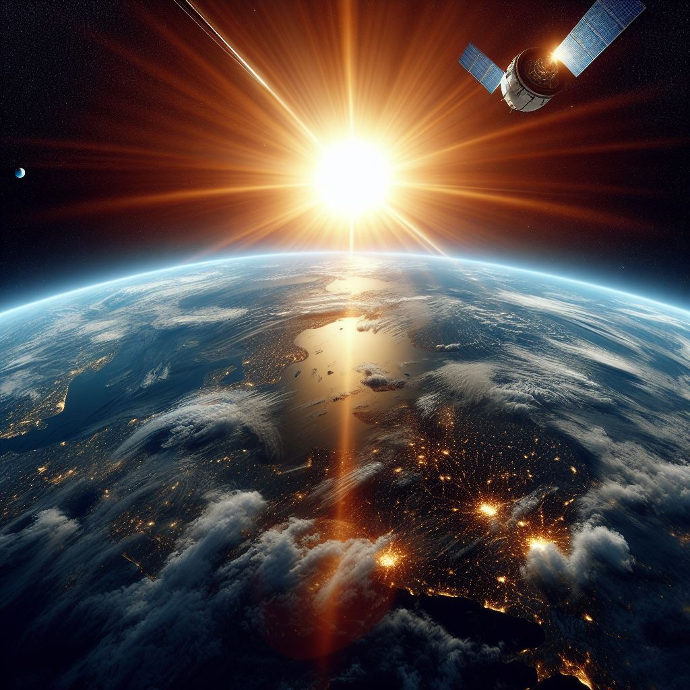
#3. Abundant Solar
Manufacturing stuff takes energy. On Earth, we can only use solar power during the day and we have to deal with weather. In space, we can get 24/7 sunlight at 130% more power, without blocking photosynthesis: 100% clean energy that will never add to global warming.
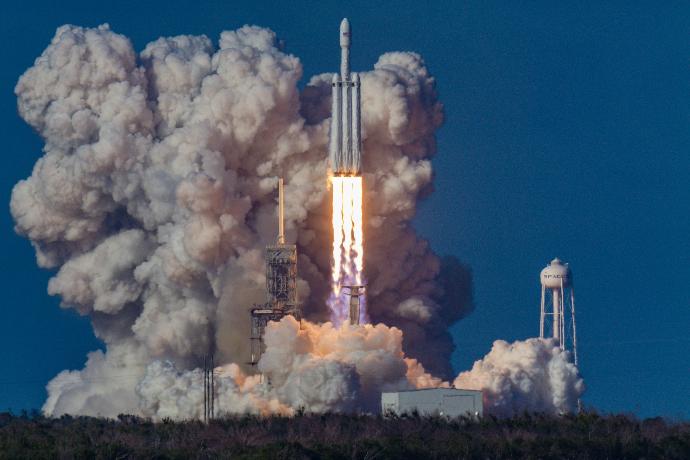
#4. Lower Engineering Costs
Surviving the harsh conditions of launch adds additional engineering, mass, and qualification testing to space hardware manufactured on Earth.
Space made hardware can be lighter and faster to develop, and because launch costs aren't a factor, cheap replacement means failure IS an option that can allow iterative design to advance the state of art at the speed of learning, rather than at the speed of sitting in an expensive launch queue.

#5. Depot Needs
Depots are inevitable. Even for debris deorbiting operations, Active Debris Remediation (ADR) is not economically feasible without the ability to refuel and reprovision service tugs. Once you have depots to return to, it's just as expensive to take the debris with you back to the depot as it is to deorbit it (see Critical Mass post).
Depots then become ideal platforms for space to space (#S2S) commerce, including manufacturing, and recycling.

#6. Incentivize Mass Consolidation
Space manufacturing will require feedstock mass. Shipping it up from Earth carries a hefty pricetag (remember that $3,500/kg launch cost?), so orbital manufacturers will create a demand for ADR recovery and recycling of orbital debris into feedstock mass at a lower cost.
While proliferated dispersed constellations provide a degree of resilient capability, an inclusive concentration of international and commercial stakeholders (witness the ISS) can also arguably act as deterrent against bad actors acting badly. Proliferated mass increases the likelihood of Kessler Syndrome. Consolidation frees up orbital real estate for safer transits, more launch windows, and fewer collision avoidance manuevers for everyone. Unlike with deorbits, materials are not wasted on polluting Earth's atmosphere and ocean.
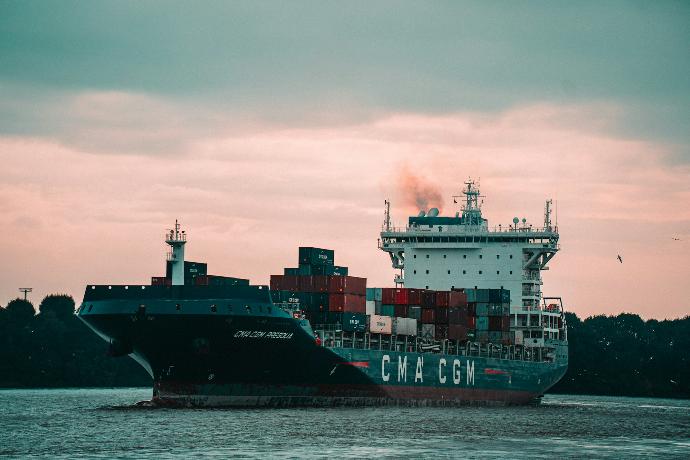
#7. Supply Chain Security
Diversifying a portion of manufacturing capability in space where it's untouchable by hurricanes, wildfires and earthquakes, means a more resilient civilization that can handle those challenges.
LEO is 45 minutes away from pretty much anywhere on Earth's surface. Companies such as Varda, Raven, and Sierra Space are all developing ways to return space made goods safely to Earth, even in the remotest areas.

#8. Spatial strategy
As the saying goes, LEO is halfway to anywhere. Anywhere beyond LEO requires big rockets. If you build spacecraft in space and fuel them in space, that's a big mass you don't have to launch from Earth's surface.
LEO is also prime real estate because it's below the high radiation zones of the Van Allen belts and relatively shielded against cosmic radiation by the Earth itself.

#9. Prerequisite for ISRU
Without the ability for missions to make use of the mass at their destinations for return, asteroid mining is a non starter. Developing orbital manufacturing capabilities will require technology advancements, no question, but learning how to do that with already refined materials in the safety and proximity of LEO will be a lot easier than doing it in deep space with electrostatic piles of rubble.

10. Isolation from Ecosystems
One of the top reasons for moving heavy industry from Earth to space, as laid out by Gerard K. O'Neill, is to avoid the destruction of Earth habitats. This will take a long time to implement, but there is no time like the present to get started. As the proverb goes, the best time to plant a tree is 30 years ago. The second best time is now.

Did you think I forgot about microgravity?
While variable gravity has its uses (crystal growth, thermal isolation, etc), it's not in the top 10 reasons to manufacture stuff in LEO. Research is promising, but current applications such as ZBLAN, pharmaceuticals, and printed organs all still require customers on Earth and feedstocks from Earth, meaning only the most expensive products can be economically viable. At best, the possibility of making these things in microgravity are at the lab testing phase, and far from getting to manufacturability scale. Each of these examples are still very much nascent markets estimated at $5-8B each, compared to the also nascent $20B infosat ISM market.